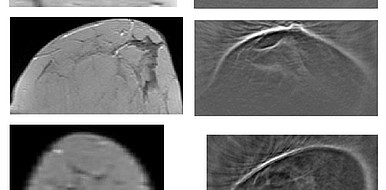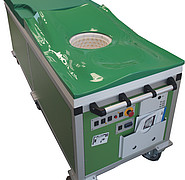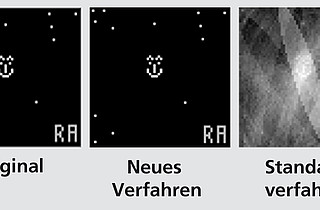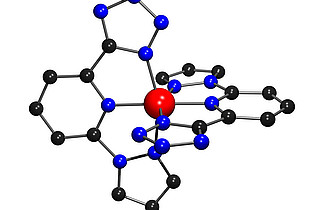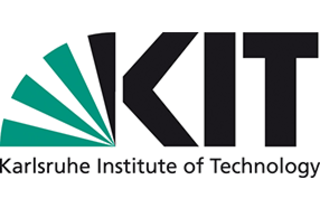Breast cancer detection by 3D Ultrasonic Computer Tomography
Breast cancer is the most frequent type of cancer of women. Early detection with the help of imaging methods may considerably improve the patients probability of survival.
State of the art
Conventional methods for the early detection of breast cancer, such as X-ray mammography, reach their limits when applied to women with dense glandular tissue or very young women. A high percentage of breast tumors is not detected. Moreover, the reconstructed images are two-dimensional only and lack a high resolution. Magnetic resonance tomography (MRT) that supplies three-dimensional image data is a rather expensive method.
Technology
To overcome these drawbacks, KIT scientists from the Institute of Data Processing and Electronics (IPE) have developed a new imaging method for the early detection of breast cancer, by means of which high-quality volume images are obtained for improved breast cancer diagnosis. The objective of ultrasonic computer tomography (USCT) is inexpensive, rapid 3D imaging for the early detection of small tumors of 5 mm or more in size. For USCT imaging, the breast does not have to be compressed as it is the case in X-ray mammography. On a special patient bed fabricated by IPE, the breast is immersed into a measurement cylinder. This cylinder is filled with water and equipped with annularly arranged ultrasonic sensors. The tissues of the breast can be imaged three-dimensionally from all sides. During measurement, the ultrasonic signals change as a result of reflection, dampening, and scattering at the tissue boundaries. Evaluation of these signals allows for the reconstruction of the breast and supplies information on reflectivity, absorption, and change of sonic speed. Consequently, the method promises to reach a high hit rate, also in difficult cases.
Advantages
Examination using the 3D USCT method is inexpensive and patients are not exposed to radiation.
Options for companies
KIT is presently carrying out clinical studies and looking for industry partners to commercialize the process.
Your contact person for this offer
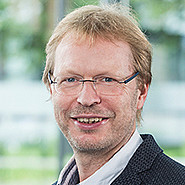
Innovation Manager Karlsruhe Institute of Technology (KIT)
Innovation and Relations Management (IRM) Phone: +49 721 608-25587
Email: rainer.koerber@kit.edu

